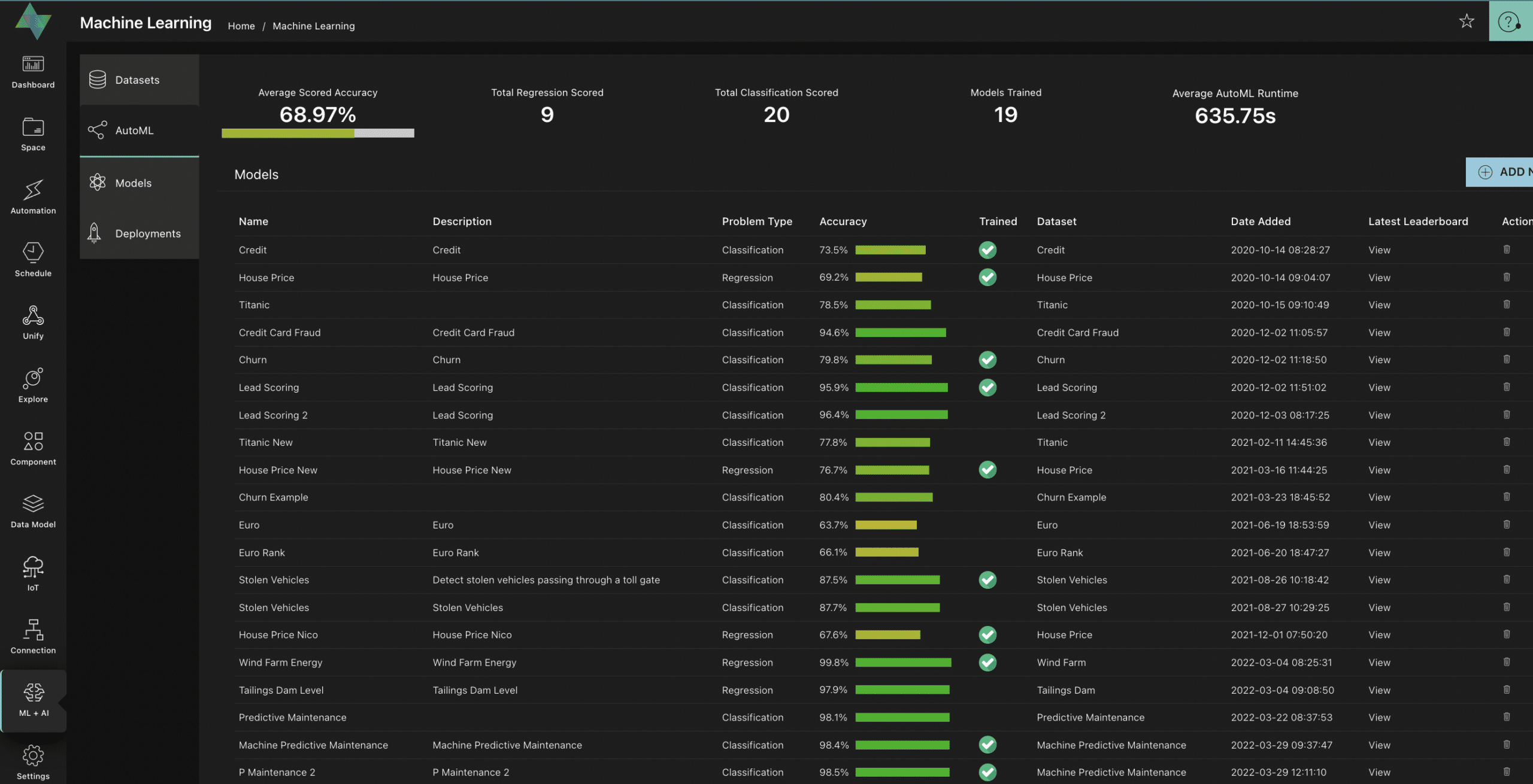In contemporary digital environments, data is king. Companies across all sectors are leveraging data to drive insights, make informed decisions, and gain a competitive edge (we have heard this all before). However, another critical component of the “Customer Data Journey” has become costs, and more so the efficient integration of data from various sources into databases, data warehouses, datalakes, and data lakehouses.
The journey from raw data to actionable insights is not without its challenges, ask anyone who has been working with data for a while, especially when it comes to the costs associated with setting up and maintaining data integrations.
The Cost of Data Integrations: A Real Challenge
Setting up and maintaining data integrations can be a significant investment for any company. The costs can vary widely depending on factors such as the complexity of data sources, the volume of data being processed, and the integration tools and technologies employed.
- Initial Setup Costs: The initial setup of data integrations involves tasks such as data mapping, schema design, and building connections between different systems. This process often requires specialised expertise and can incur substantial upfront costs (more specialised technical skills within your organisation).
- Ongoing Maintenance Expenses: Once data integrations are up and running, ongoing maintenance is required to ensure data accuracy, reliability, and security. This includes monitoring data pipelines, troubleshooting issues, and implementing updates or enhancements.
- Scalability Challenges: As businesses grow and evolve, so do their data integration needs. Scaling existing integrations to accommodate larger volumes of data or additional sources can introduce further costs and complexities.
- Integration Tool Licensing Fees: Many companies rely on third-party integration tools or platforms to streamline the integration process. However, these tools often come with hefty and complex licensing fees or subscription costs, adding to the overall expense.
AI’s Role in Transforming Data Integration
Artificial Intelligence (AI) is revolutionising the data integration landscape, offering new opportunities to enhance efficiency, reduce costs, and unlock valuable insights. Here are some ways AI is reshaping data integration:
- Automated Data Mapping: AI-powered algorithms can analyse data schemas and automatically map fields between different systems, reducing the manual effort required for integration setup.
- Predictive Maintenance: AI algorithms can proactively identify potential issues or bottlenecks in data pipelines, allowing for preemptive maintenance to minimise downtime and disruption.
- Cognitive Data Integration: AI-driven cognitive computing can understand the meaning and context of data, enabling more intelligent integration decisions and improving data quality.
- Self-Optimising Systems: AI can continuously optimise data integration processes based on real-time performance metrics, leading to greater efficiency and cost savings over time.
Why Should Companies Care About Cost Control in Data Integrations?
Cloud computing has become more accessible to companies of all sizes. The large system integrators (Microsoft, Amazon, and Google) are incentivised to sell as much computing power as possible, and therefore it is important to control the costs for several reasons:
- Resource Allocation: By minimising unnecessary expenses in data integrations, companies can allocate resources more effectively towards other strategic initiatives or investments.
- Competitive Advantage: Cost-efficient data integrations allow companies to derive insights from data faster and more affordably, giving them a competitive advantage in their industry.
- ROI Maximisation: Controlling costs ensures that companies maximise the return on investment (ROI) from their data integration efforts, achieving greater value from their data assets.
- Compliance and Risk Management: In an era of increasing data regulations and cybersecurity threats, cost-effective integrations help companies maintain compliance and mitigate risks without overspending.
While the cost of setting up and maintaining data integrations can be significant, the advent of AI offers promising solutions to streamline processes, reduce expenses, and drive greater value from data assets. By prioritising cost control in data integrations, companies can position themselves for success in the digital age, achieving faster insights, greater efficiency, and a competitive edge in their respective markets.
Share:

